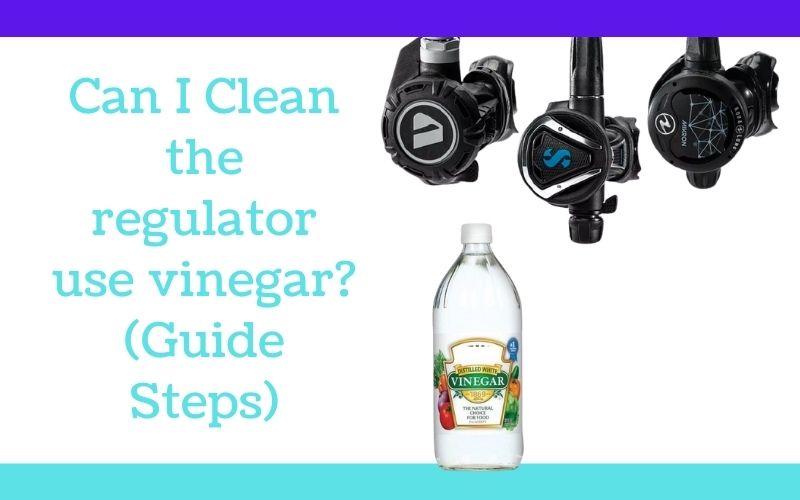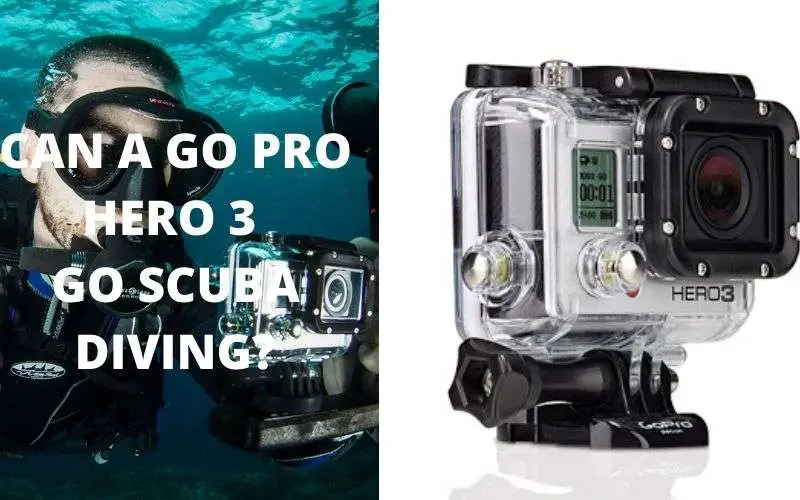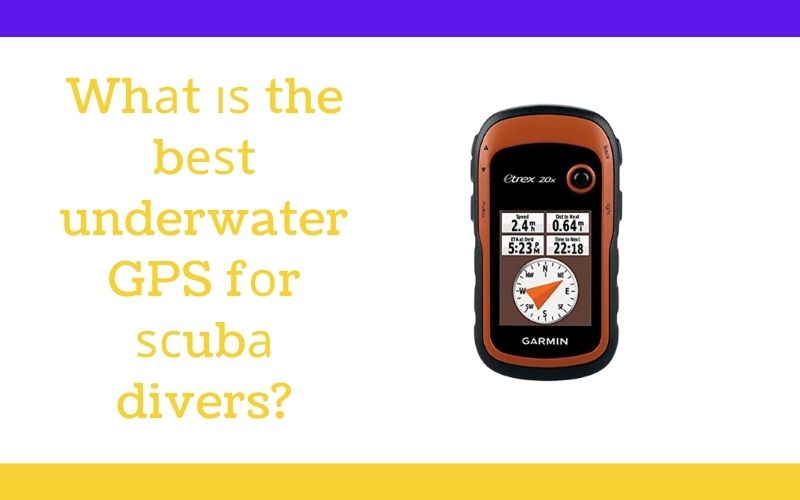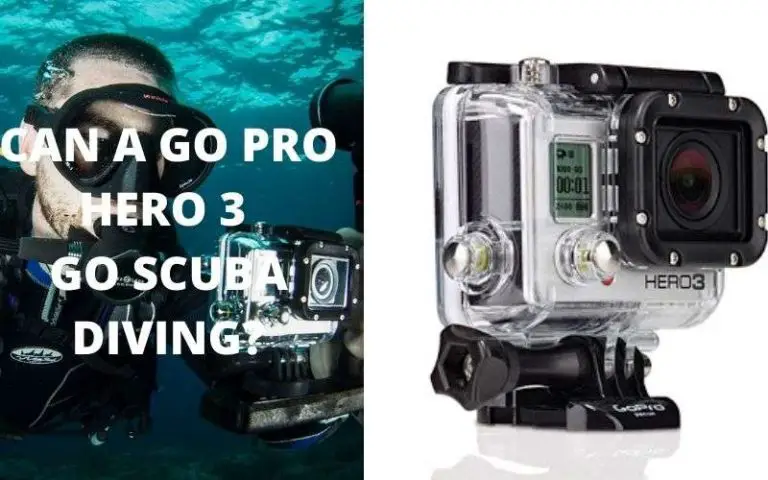
Snorkeling or scuba diving is a trendy practice that enables you to explore and descend the world of underwater. The beautiful world of underwater is imaginarily filled with a lot of creatures, also some places where common people can’t reach out easily. Unlike the players of scuba, the diver plunges in the deep sea with their water bodies. The whole process is trapped with its own handling procedures and mechanisms.
A Snorkeling gear comprises of three primary segments with plain as day capacities: a scuba cover, a breathing cylinder, and a diving regulator with balances. As the cycle sounds, cleaning some portion of the hardware is similarly basic.

However, if you ignore to clean these gears, then it may lead to adverse health effects. Alongside it may prevent you from having a brilliant experience.
Minor corrosion in the Scuba regulator can be cleaned with a hardened brush and a little white vinegar. Always make sure to flush the thing a while later, so the vinegar is altogether eliminated. Also, a speedy splash of food-grade silicone will help you to prevent future consumption if regularly applied after your hardware is spotless and totally dry. Truly, vinegar is usually utilized in cleaning the regulators.
How does saturated vinegar clean the regulator system of scuba?
Vinegar is known for its careful cleaning properties, particularly among individuals who like to utilize more natural arrangements. While Scuba regulator cleaning with vinegar, you’ll follow similar strides as though you were washing it with dish cleanser. In any case, you may understand that you’ll have to clean it with a toothbrush somewhat more than you would with cleanser. It’s additionally significant that you tenderly scour, as you won’t have any desire to desert any scratches where microorganisms will have the option to develop.
Well! Most people don’t like the smell of vinegar and avoid having any vinegar drop in their hand. However, we think that the liquid is comprised of 5% in an unsaturated form which is not harmful to our delicate skin.
Common vinegar liquid that is usually found in retail stores filled with 5-10% of chemicals which make the solution weaker, so you need to use it with water to avoid any side effects. It works as the best cleanser to clean the inner vales of scuba regulator without using other chemicals. Use a brush of a soft form with gloves and rub the system area which needs more cleaning. The areas which are badly corroded demand more stem.
How much time does vinegar take to disinfect a surface?
Vinegar isn’t the ideal decision to eliminate germs and infections. Vinegar isn’t an EPA-approved disinfectant property and isn’t suggested instead of liquor or weakened fade properties. Also, the acidic corrosive substance that is found in vinegar has some disinfectant properties.
The liquid can remove a few varieties of germs. That is the reason you might need to utilize it if it’s your last option.
Acetic corrosive, the principle part in vinegar, assists break with bringing down earth and artificially switches the make-up of germ cell structures. White distilled vinegar is the most common vinegar type found in the market. The type of vinegar usually found in supermarkets and ordinarily utilized for cleaning. The liquid contains about 4% to 7% acidic corrosive properties, while juice vinegar and wine vinegar have around 5% to 6% acidic corrosive substances.
Vinegar has been appeared to have some disinfectant properties. For instance, a recent report discovered 10% malt vinegar to be compelling against the seasonal infection, and a recent report distributed in a diary of the American Society for Microbiology found a 10% arrangement can slaughter the microorganisms that cause tuberculosis.
How do you clean a scuba regulator?
As we all know that the scuba gears need proper maintenance and cleaning apparatus to work properly. Each bit of Scuba regulator has explicit support needs, anyway as a base these fundamental principles should need to be followed:
- Rinse off the entirety of your apparatus with lukewarm water
- Put the scuba regulator in a sheltered spot where it can get dry.
- Avoid laying down the regulator in direct daylight over significant stretches, daylight cause materials to split, blur and degrade.
These are the essential guidelines, yet we have more selective strides to keep your rigging in first-class working condition.
All diving regulators should be altogether flushed off in new water. Before you start on the regulator, utilize compacted air to shoot any dampness out of the residue top. At that point, secure the residue top to the controller. Simply flush in new water, don’t douse. Along these lines, you forestall water sitting past the residue top. Rub the regulator with a wipe and foamy water. Once you clean scuba regulator you have to allow it to get dry totally by hanging it. You can store it when it’s totally dry.
Extra to keeping up your regulator, they need customary adjusting, normally illustrated by your regulator’s maker. To discover when it’s the ideal opportunity for a cleaning, you have to follow to the directions on your regulator bundling or check on the brand’s site.
How to Rinse your Regulator?
After washing when it comes to rising your mostly people follow the wrong steps. Once you clean Scuba regulator with vinegar, you have to completely dry it with cautions. Rising the regulator requires some steps to follow. You have to make sure that all the dust particles are properly cleaned and the controller is secured in the first stage.
Lower the controller in new water for a brief period and delicately turn any moving parts to guarantee any salt buildup is washed off or disintegrates. You have to allow the controller to dry properly before taking it in the deep water.
As an additional safety measure, use liquor or antibacterial cleanser to clean the second stage regulator. You have to dip the controller in the antibacterial liquid to remove all germs at that point, clean tenderly utilizing a toothbrush with delicate fibres. Wash altogether, taking consideration not to press the cleanse button. Further, we mention three basic gears that can be washed while cleaning and rising the scuba regulator.
1) Wetsuits, Booties and Gloves
Except if you dive into deep water, it’s essential to flush all neoprene things after each jump. Saltwater makes neoprene corrupt and can lose its adaptability.
2) Use of Cover, Fins and Snorkel
Wash your scuba masks, blades and snorkel after each utilization and permit them to dry totally before putting away to dodge mold development. Utilize new, clean water and turn any moving parts to eliminate salt, sand or different trash. You have to totally dry it by placing it in the open air to let the water buddle vaporize automatically in the air.
3) BDC – for maintaining and storing
Well if you need to keep your scuba regulator with BC fit as in shape or you have to truly focus on both the outside and inside of the gadget. Saltwater can spill into your BC while jumping through the low-pressure inflator and dump valves.
By giving it a decent wash and flush with new water after each jump, and ensuring it’s adjusted properly. It will keep your Buoyancy Compensator and regulator working precisely as it should need to for a long time.
How do you clean corrosion off a scuba regulator?
Scuba diving journey brings a lot of exciting and bad experiences in divers’ life. Scuba regulator and safely apparatuses are as important as you need water to live safely in the world. Sometimes a lot of corrosion and bad odors stuck in your Scuba diving gears. You need to remove and clean it to maintain your Scuba diving experience at a higher level.
Yet, considering the way that scuba gear is a littler device generally in physical association with our body cleaning is vital in any condition. However, cleaning with vinegar must be very fastidious.
An equivalent amount of vinegar and water can be blended in a container, and the mechanical assembly can be absorbed for two minutes, trailed by thorough flushing and drying with a delicate towel, material or soft wipe. Cleaning of parasitic development on the veil or cylinder or blades of the Snorkel Gear turns into repetitive tasks.
Put the affected region in a sanitizer answer for around five minutes. Try to cover the full region any place the contagious development is spotted. Indeed, even the littlest sum left untreated will influence the client’s wellbeing unfavorably and impede the contraption forever.
Rub the entire influenced surface delicately with fingers. Take care not to scratch the hardware with a fingernail. Clear and flush off under running water and dry with a delicate towel. The best possible vinegar solution is a 50/50 quantity of white vinegar and water. Try not to drench longer than should be expected as it will strip harmed chrome.
Final Verdict:
The divers understand the importance of cleaning scuba regular in their life. So learning how to clean the scuba regular and other safety apparatus need little guidance and safety cautions. Scuba regular cleaning requires the most important pieces of information for safety and accuracy of any diving experience.
Also salt, vinegar and water mixture somehow acts as the best disinfectant. It can likewise prompt the improvement of scuba regulator shape. With the assistance of these valuable cleaning and supportive tips, you’ll, at last, have the option to protect your costly hardware like an expert jumper.
Now every season, your scuba regulator and other apparatus will be properly cleaned and prepared to use for various dives. Moreover, it will effectively keep going for quite a long time even with standard use, as long as you utilize these upkeep tips to store it appropriately.












